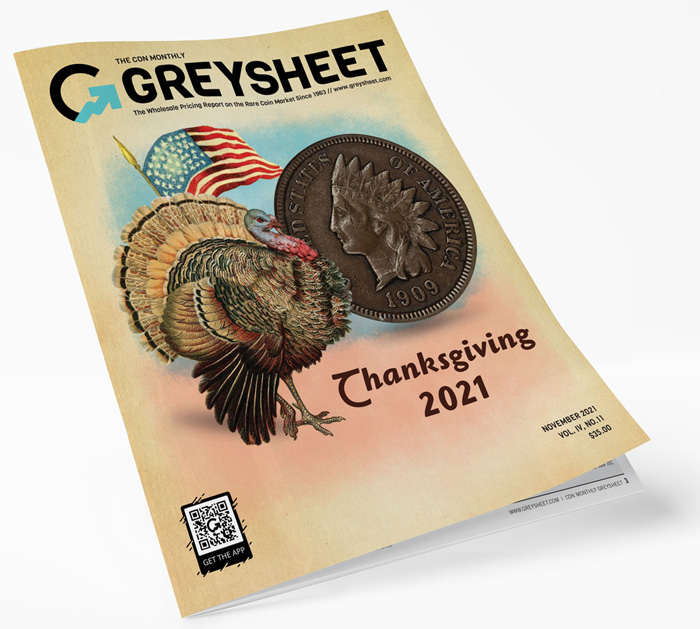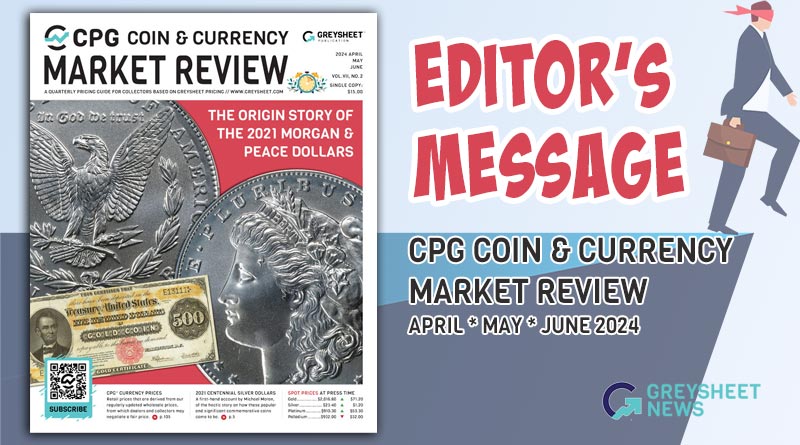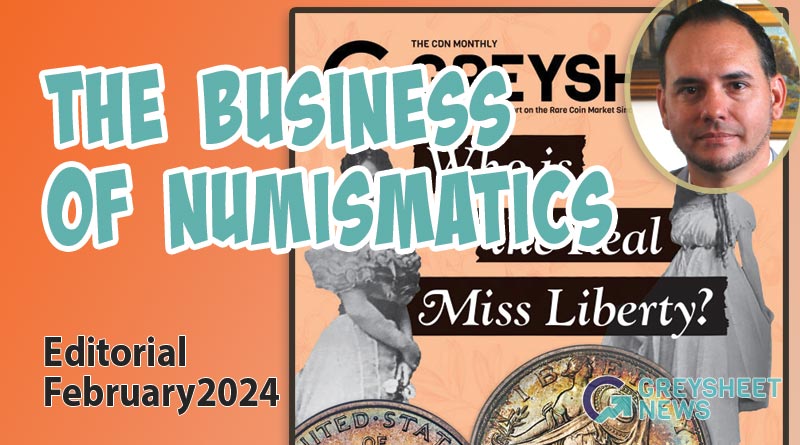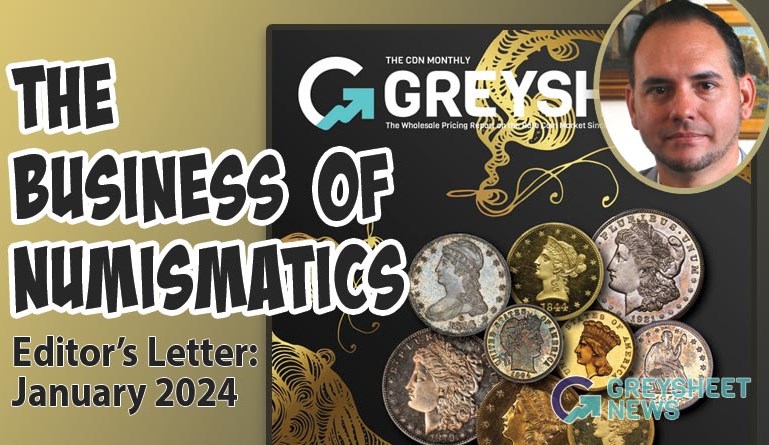Activity Across the Market (November 2021 Greysheet)
As we collectively head into the final two months of 2021, the rare coin market appears to have leveled off, but this is not necessarily a negative.
As we collectively head into the final two months of 2021, the rare coin market appears to have leveled off, but this is not necessarily a negative. One of the benefits of a collectibles market, such as rare coins, is that they traditionally move in a more controlled fashion. In theory, this is in opposition to the volatility of the equity markets and is precisely why investors look to collectibles as a stable alternative. If and when the rare coin market starts to spike—up or down—it acts with greater volatility. If left unchecked it can drift towards the landmines of things like speculation, leverage, and having exposed unhedged positions. Certainly, it is exciting and energizing for market participants when values rise and demand sharply increases, but a “cool down” or leveling off period can be a positive while the market hopefully prepares to take the next leg up higher. Using data from September month-end which is the most recent available, the S&P 500 Volatility Index, which measures the 30-day rolling volatility of the index, commonly known as VIX, closed at 18.18, while Gold ETF Volatility Index closed at 15.14. Also, gold spot came in with lower 200-day average volatility. Without getting into the complex math of how these values are derived, what it shows is that the gold spot price was less volatile—smaller price delta over time—during the 30-day period than the overall stock market as represented by the S&P 500. While not perfect, using the gold spot price as a proxy for the coin market shows that price stability has been better than stocks.
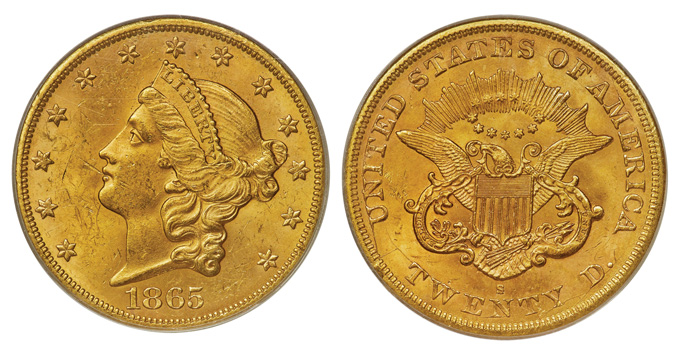
Looking at the bullion and mint product market, premiums have steadied and,
in some cases, have come down. While still a little rich from an historical
perspective, the wholesale cost of Silver Eagles, Gold Eagles, and generic
products such as 10-ounce silver bars are lower than they were during the
summer months. In classic coins, demand remains strong overall, but we are
not seeing the extreme prices paid in auction that we did four to five
months previously. There was a short period where it looked like there was
a “pay any price” attitude to buying certain series and dates. This seems
to have subsided. Many dealers are still actively seeking inventory, and it
is likely this will continue through the FUN Convention in January. Many
participants will eagerly be watching what happens with the stock market in
these final two months of the year and this will impact our market. A sharp
move downward will likely send precious metals surging.
The Heritage Long Beach U.S. coin auction, which has yet to conclude at the time of this writing, features 902 lots of coins including the Wabash Collection of Liberty Double Eagles. The Wabash Collection is a date run of $20 Libs in which the majority of the coins grade About Uncirculated, and I mention it because while it does not contain any sale toppers or five figure coins, it can be classified as a “collector’s collection.” The coins are well-matched and while I cannot know this for sure, it was probably thoughtfully assembled over a number of years. Other highlights include some key date Saint-Gaudens, including a 1932 graded PCGS MS65, a 1931-D PCGS/CAC MS64, and a 1921 NGC MS62. After this in November comes the Stacks Bowers “Baltimore” auction which will be held in their facilities in southern California.

Download the Greysheet app for access to pricing, news, events and your subscriptions.
Subscribe Now.

Subscribe to Monthly Greysheet for the industry's most respected pricing and to read more articles just like this.
Author: Patrick Ian Perez


